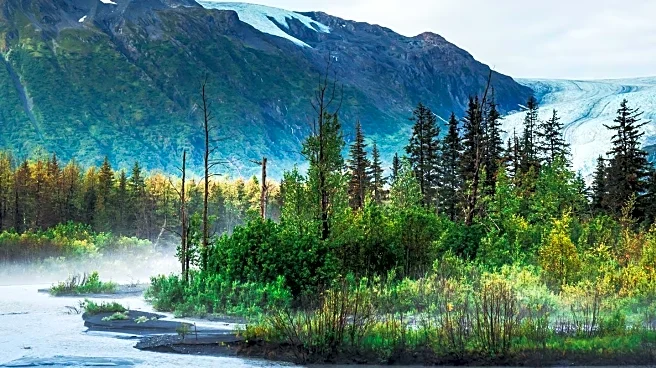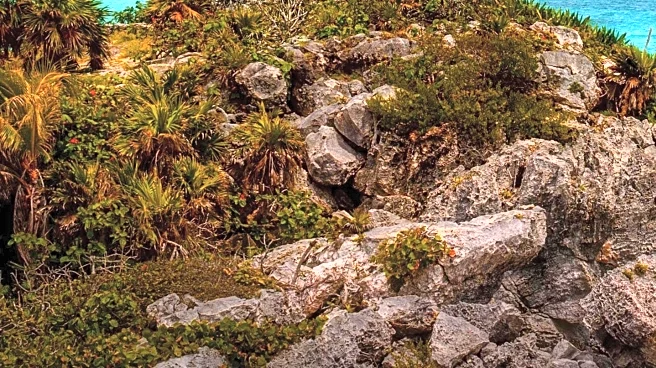What's Happening?
Alaska's tourism industry is witnessing substantial growth, driven by eco-tourism and increased cruise traffic, as the state adapts to declining oil production. Tourism revenues have reached record highs, with the sector generating $5.6 billion between May 2023 and April 2024. The decline in oil production, due to federal preservation policies and high extraction costs, has led to a shift towards tourism as a key economic driver. National parks and cruise-ship tourism are major attractions, drawing millions of visitors annually. Despite challenges such as strained infrastructure and political uncertainty, the outlook for Alaska's tourism remains positive.
Why It's Important?
The growth of Alaska's tourism industry is crucial for diversifying the state's economy, which has historically relied heavily on oil production. As oil revenues decline, tourism offers a sustainable alternative, capitalizing on Alaska's natural beauty and unique travel experiences. The rise in tourism not only boosts economic output but also supports local businesses and creates job opportunities. However, the industry faces challenges, including infrastructure limitations and potential environmental impacts from renewed oil exploration. Addressing these issues is essential to ensure the long-term viability and growth of Alaska's tourism sector.
What's Next?
Alaska's tourism industry is expected to continue expanding, with potential changes in federal policy further supporting growth. Local governments may implement regulations to manage the influx of visitors and preserve resources. The lodging industry is likely to benefit from increased demand, with hotel rates rising significantly. As the state navigates the balance between tourism and oil exploration, strategic planning and investment in infrastructure will be key to sustaining growth. The focus will be on enhancing visitor experiences while maintaining Alaska's natural landscapes, ensuring the state remains a premier destination for outdoor enthusiasts.













